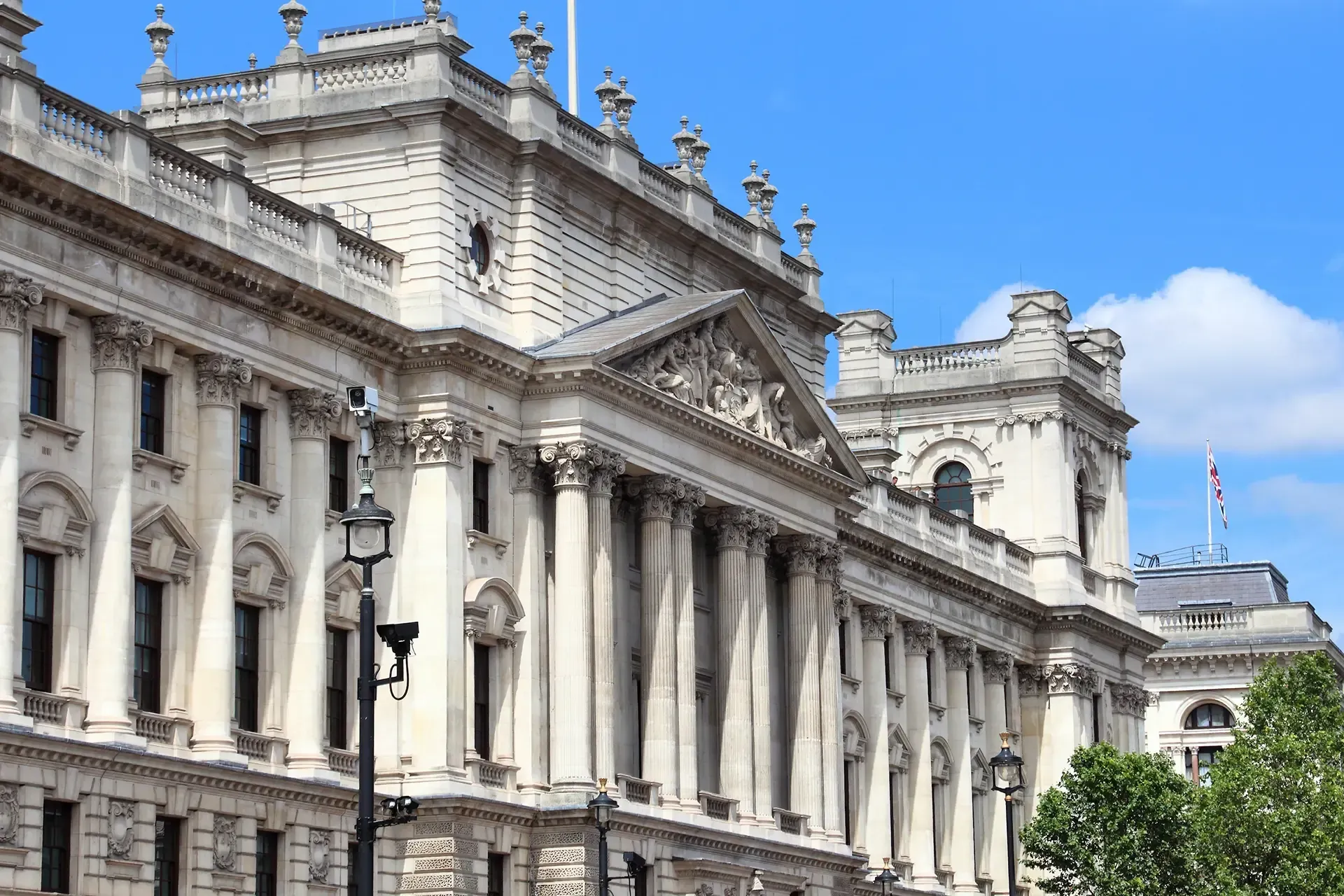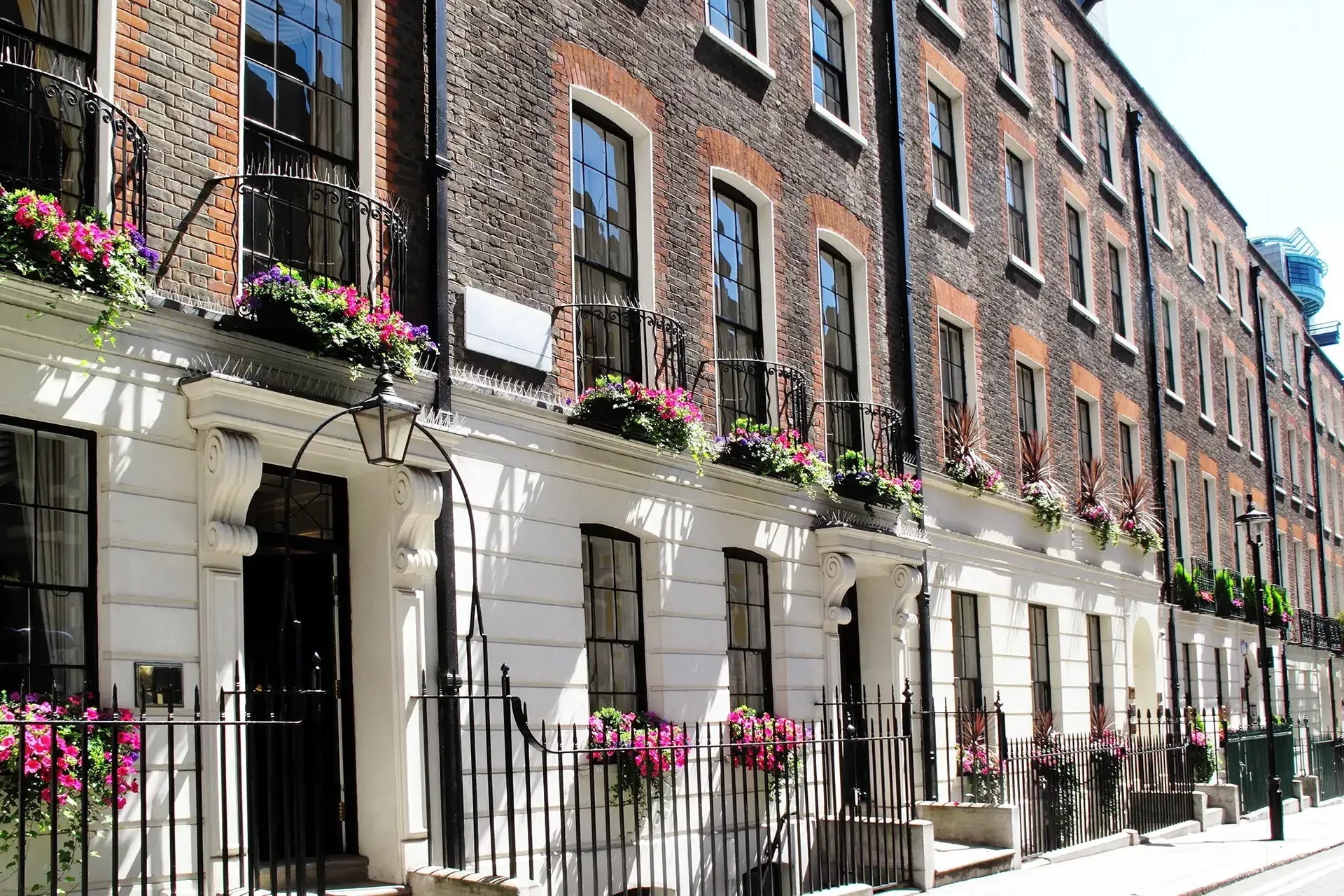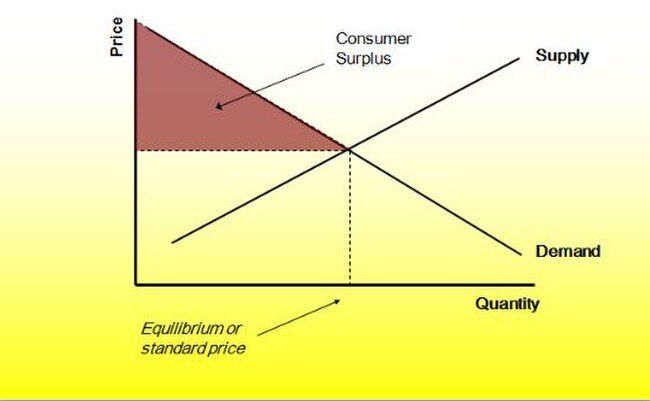A Strategy For Getting Higher Average Prices
Let’s start with one of the most profound principles in the field of pricing. And that principle is, different customers value things differently.
We all value things differently. We all have a different perception of the value of any product or service. So, we all have a different maximum amount we are willing to pay for a particular product or service.
Economists call this the buyer’s reservation price. And your goal is to set your price as close as possible to each buyer’s reservation price.
“So what?” you might be thinking.
What is single price?
Well, this seemingly tiny observation has a profound implication. You see, it means that if you currently have a single price, that price is wrong!
Having only a single price causes you to lose out in two different ways. For some customers that price is too high – so they don’t buy, and you lose them as a customer.
And for other customers that price is too low – so you end up charging them less (and earning less profit) than they are willing to pay. Which means you lose again.
What is consumer surplus?
Economists call the amount by which you lose in this second scenario the “Consumer surplus” – and it is shown by the shaded area on the supply and demand diagram you can see below.
One of the keys to dramatically improving your profits is to claw back some of this ‘consumer surplus’ by charging different customers different prices. But how?
Well, the good news is that there are many ways of charging different customers different prices, and we’ll look at some of them in this chapter.
But first let’s look at some numbers to illustrate the power of this concept.
Example:
Imagine that one of the services Eddie offers is to film a promotional video to be used in a Facebook Ad. Eddie normally charges £1,000 for this service and his variable costs are £420. There are three potential customers: A, B and C.
- Customer A is willing to pay £2,000,
- Customer B is willing to pay £1,500, and
- Customer C is willing to pay £1,000.
With Eddie’s current single price at £1,000, then all three potential customers will gladly pay him that amount. So, he’ll make total sales of £3,000 and total profits of £1,740:
Of course, Eddie could set his single price at £1,500, so Customer C won’t buy. But the other two will gladly pay you £1,500 each. Again, he’ll make total sales of £3,000 again, but this time his total profits are £2160:
There is a third option for Eddie. He could set a single price at £2,000, which only Customer A will buy. Then his total sales will be £2000 and his total profits will be £1580:
For Eddie, a single price of £1,500 is the best price. This price generates more profit than either £1,000 or £2,000 for his video shoot. I call this the Magic Price; the price at which you make the most profit. We’ll come back to the concept of Magic Price later.
This will increase your profits substantially
Unfortunately, if Eddie sets his price for doing filming a Facebook Ad at £1,500, even though it’s the Magic Price, he is leaving money on the table. We know that: Customer A is willing to pay £2,000, Customer B is willing to pay £1,500 and Customer C is willing to pay £1,000.
So, if instead of charging those three customers all the same prices, we charge them the full price they are willing to pay (their buyer’s reservation price), then Eddie’s total profits will increase significantly:
If Eddie simply sticks to his old price of £1,000 per customer his profit is £1,740. If he changes his price to the Magic Price of £1,500 his profit increases by 24.1% to £2,160. But if he can find a way to charge each customer the maximum price they are willing to pay, his profit increases by 86.2% to £3,240.
If these 3 potential customers are representative of Eddie’s customer base, i.e. a third of them would willingly pay an extra 50% and another third were willing to pay double, so that he is able to increase his average prices by 50%, then his profit will change as follows:
That’s an extraordinary increase in profit. And yes, it’s extreme (finding a way to charge every single customer their buyer’s reservation price is not simple). I’ve also kept the numbers as simple as possible and yet, the real world is much more complicated.
But those complications do nothing to alter the fact that if you can find a way to charge different customers different prices – so that they each pay the maximum price they are willing to pay – then you will always make more profit than you do by using any single price, even if that single price is your Magic Price.
Charging different customers different prices will increase your profits… and probably by a lot!
Why you root everything back in numbers
We started off this eBook by looking at the
9 drivers of profit and the importance of understanding the business model. Hopefully you can now see why price is the most powerful driver of profit.
You must understand the numbers behind your business and the business model. And with pricing, you should always test and measure to see what works, and what doesn’t.








